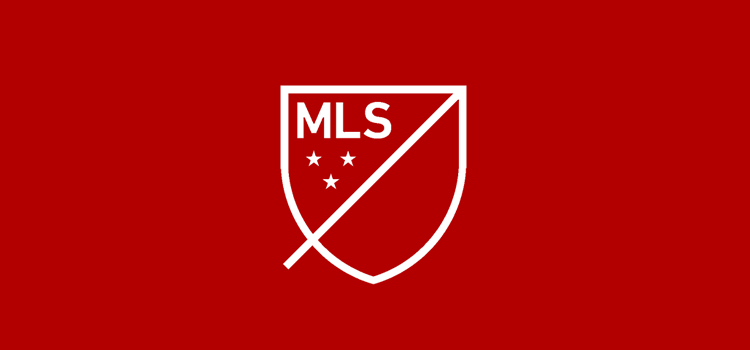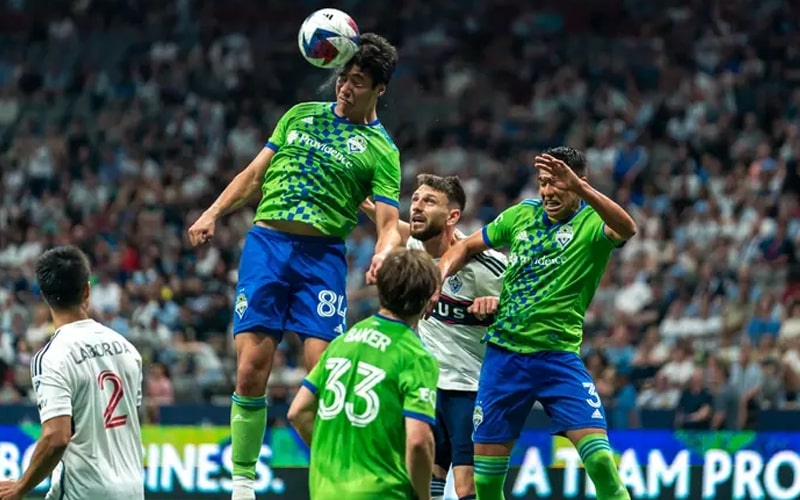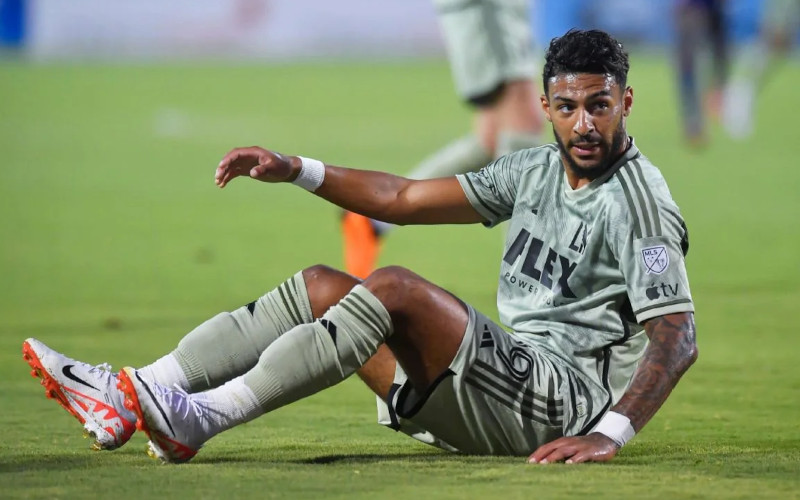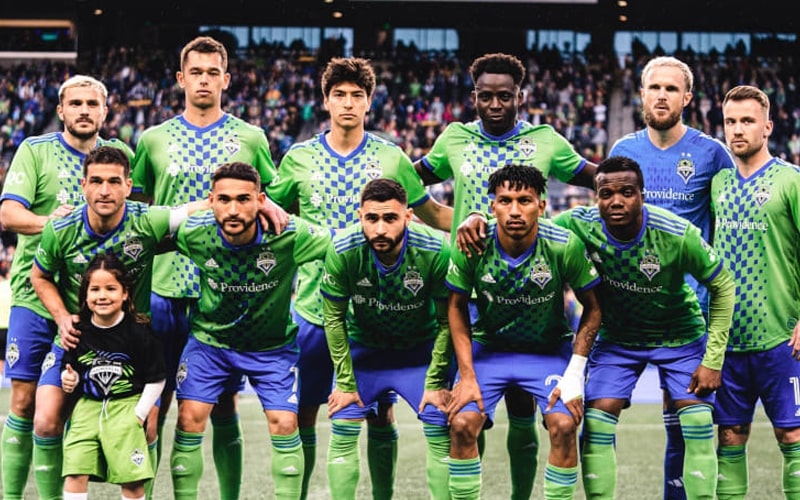Atlanta United recently broke the Major League Soccer record fee for an incoming transfer, so I figured now would be the best time to talk about the downright bizarre rules and regulations governing team rosters in Major League Soccer.
If you have not heard about that, Atlanta acquired 18 year old Ezequiel Barco from Independiente in Argentina for a rumored $15 million, plus incentives. The previous record was the $10 million paid by Toronto FC in 2014 to acquire Michael Bradley. In the Premier League, this wouldn’t be as big a deal, as teams are free to spend whatever money their owners are willing to spend on the players they want. In the MLS, things are not so simple. Every team has a salary cap (that includes transfer fees) on their “senior roster” and minimum salaries for all players, but the roster rules allow an unnecessarily complex system of working around this salary cap. It is an honestly insane system of rules that are designed to promote parity amongst all teams, but wind up causing every team to have a select few excellent players, and then having to settle for the best players their remaining money can afford. This is one of the reasons why MLS still lags behind European leagues in the quality of play.
Every MLS team is limited to only 30 roster spots. Roster spots 1-20 constitute the team’s “senior roster”, of which only 18 have to be filled (19 and 20 can be left empty, and do not count against the salary cap if left empty). Every player on the senior roster has to have a “budget charge” of at least $65,000 (according to the 2017 rules), and no more than $480,625. The “budget charge” is the amount of the player’s salary that is paid not through something called Allocation Money (more on that in a minute). Still with me? Roster spots 21-24 are called the “supplemental roster”, and roster spots 25-30 constitute the “reserve roster”. There are rules governing who can be on these rosters, how much they may be paid, but the important things to remember here is that all players on the roster are eligible to be selected to the 18-player lineup for each match, and that only the senior roster players count towards the salary cap, and are essentially the “star” players for the team. The rest of the players are rotated in and out depending on injuries, season form, and managers’ whims.
There are many different titles MLS teams can give their players: Designated Players, Homegrown Players, Generation adidas Players, Special Discovery Players, with the most important among these being Designated Players, so we will focus solely on that type of player. DPs are the MLS’ loophole to allow top talent to play for each team. Each team can have up to three DPs on the roster at any time. Since a player’s budget charge is determined by averaging all amounts payable over the contract term (this includes transfer fees), the most expensive players on each team are usually DPs. Having a Designated Player on the roster caps the amount of that player’s salary and fees at the maximum budget charge, which depends on the player’s age, with that budget charge being smaller the younger the player. Any extra the player is paid is simply ignored when it comes to the team’s salary cap. Players like Sebastian Giovinco ($7.1m salary in 2017), David Villa ($5.6m), Giovani ($5.5m) and Jonathan dos Santos ($2m), Clint Dempsey ($3.89m), Miguel Almiron ($2.3m), and Federico Higuain ($1.05m) were Designated Players in 2017, due to their salaries and associated expenses. Incoming players like Diego Rossi (LA FC), Magnus Eriksson (San Jose), and the aforementioned Ezequiel Barco (Atlanta) will be named DPs in 2018. This brings us to an issue though, because Atlanta already has three Designated Players on its roster from 2017. How can they have four DPs?
Well, they can’t, and this might get heavy, so just stick with me here. What they will need to do is “buy down” the budget charge for one of their current DPs to below the maximum budget charge with Allocation Money. Allocation Money could take up an entire article of its own, but, to be honest, you wouldn’t read that article and I don’t want to write it. In short, there are two kinds of Allocation Money: General (GAM) and Targeted (TAM). Teams get GAM and TAM through a mixture of transfers out of MLS, performance in the CONCACAF Champions League, ritual blood sacrifice, and a set amount per year from the league. GAM can be used to “buy down” a player’s budget charge, sign a new player to MLS, and to re-sign an existing MLS player, to offset acquisition costs. TAM can also be used to sign a new player, provided the total costs are more than the max budget charge, to re-sign a player who was earning more than the maximum, to sign a Homegrown Player to his first MLS contract, or to convert a DP to a non-DP by buying down his budget charge. So Atlanta can use TAM to reduce Hector Villalba’s salary to below the maximum individual salary charge by using TAM, thus converting him from a DP to non-DP, and freeing up the DP slot to use on Barco. Still with me? I’m honestly surprised you made it this far. One last thing, and then I’ll let your brains recover. Below is the 2017 Salary Budget Information, as set out in the 2017 edition of the MLS Roster Rules and Regulations, or as I like to call them, the 2017 edition of Good Luck Understanding This.
2017 Salary Budget Information
- Club Salary Budget: $3,845,000
- Maximum Salary Budget Charge: $480,625
- Senior Minimum Salary: $65,000
- Reserve Minimum Salary: $53,000
- Designated Player Salary Budget Charge: $480,625
- Young DP Salary Budget Charge (21-23 years old during the League Year): $200,000
- Youth DP Salary Budget Charge (20 years old or younger during the League Year): $150,000
- Mid-Season DP Salary Budget Charge: $240,312
- Mid-Season Young DP Salary Budget Charge: $150,000




